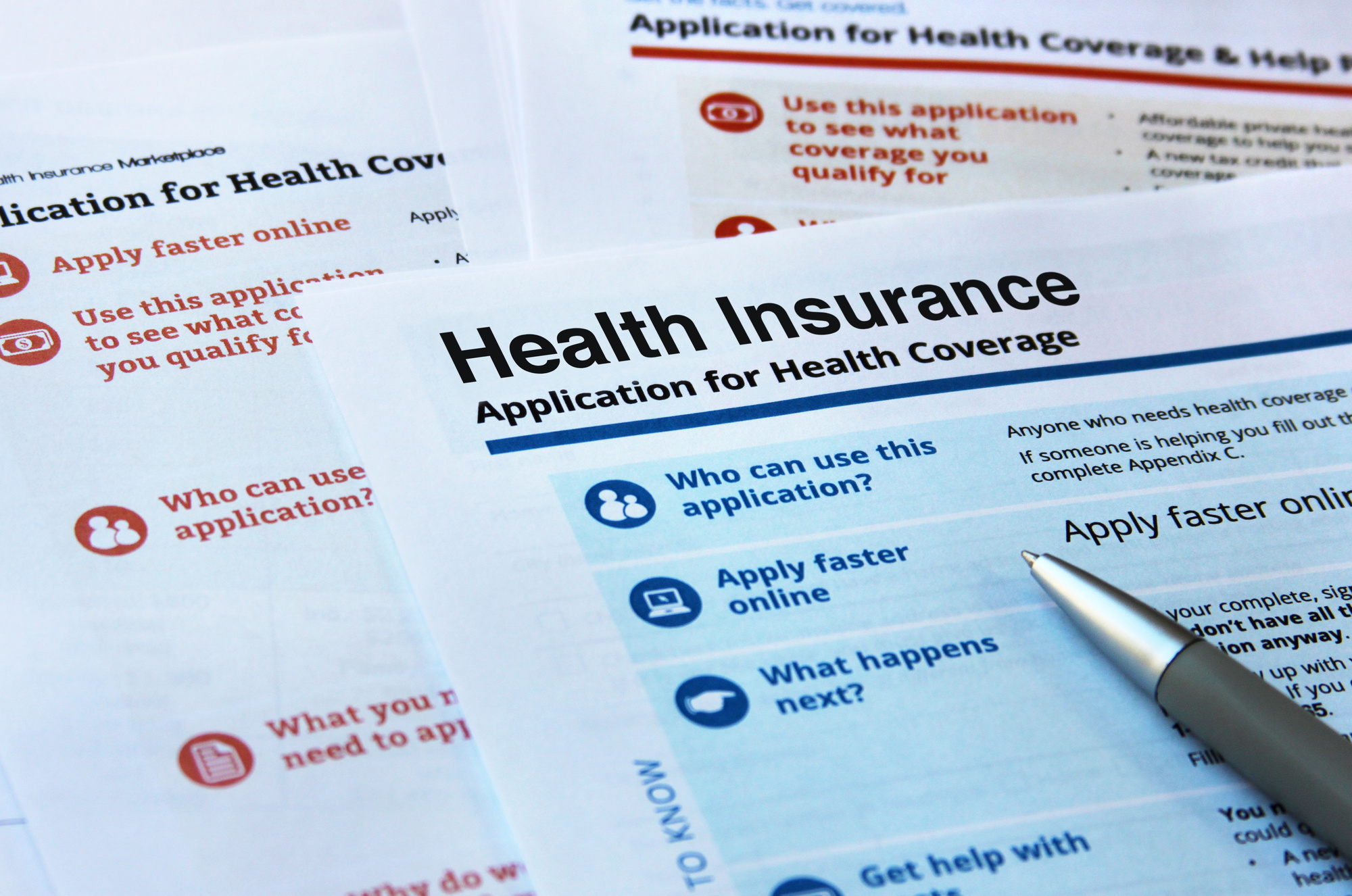One of the biggest trade-offs for self-employed people is the benefits that go with an office job. Sure, you have the freedom and flexibility to do what you want, but you’re going to have to figure out health insurance.
You might think that you have no options to get insurance because it’s too expensive. With the average monthly premium a whopping $574 a month, it’s easy to write off health insurance as impossible.
You might be surprised to learn that self-employed health insurance is a possibility. You just have to know where to look.
Keep reading to discover the many ways you can get health insurance when you’re self-employed.
1. Partner or Spouse
If you’re self-employed and your partner or spouse is gainfully employed by a company with good benefits, you may be able to be added on to their insurance policy.
Every company is going to have a different approach to providing coverage for spouses and partners. Some allow it, or they will pay a small percentage of the premium. Other companies don’t allow it at all.
You should have your spouse check with their HR department to find out if it’s worth it or not.
2. Group Insurance Plans
Do you belong to a trade or industry association? You may be able to get group health insurance at a reduced rate.
There are plenty of organizations that have group plans. With a group plan, a number of people are on the same plan, spreading the risk across many people for insurance companies to cover.
The reduced risk for insurance companies can result in a lower premium payment.
3. Short-Term Insurance Plans
The most affordable health insurance plans are short-term health insurance plans. These were initially plans that were meant to cover you for a short period of time, like if you were in between jobs.
Now providers can insure people for up to a year. Vera Health is an example of a short term health insurance provider that can give you longer coverage. You can find out more about Vera Health here.
This is a great option if you don’t go to the doctor much and you don’t have a huge need for medical care. You have a lower premium and you’re still covered in case you have a huge emergency.
4. COBRA
If you recently left a job and had insurance there, you can qualify for COBRA. COBRA continues that same coverage, though you’re responsible for the premium.
That can be much more expensive, but it may be worth it if you had a great health care plan.
5. Health Care Marketplace
Thanks to the Affordable Care Act, many self-employed have access to affordable health care. You’ll need to go to healthcare.gov during the enrollment period to apply for health insurance.
There are special circumstances that may allow you to enroll outside of the standard enrollment period.
Here’s how the healthcare exchange works. You fill out an application on the website. You’ll then find out how much in tax credits you’ll receive. You can choose to have all of those credits applied to the premium payments or not.
You’ll get a bunch of options for healthcare plans in your area at different price points and quality.
Some cheaper plans may have huge deductibles or have high co-pays. Other plans may have lower deductibles and co-pays, but they’re more expensive.
Once you choose your plan and enroll, you’ll get a welcome package from your new health insurance provider. From that point forward, you deal directly with the health insurance provider and pay your bill to them.
The ACA and Taxes
There’s a special section about the ACA and taxes because the two are intertwined, but not really understood. When you apply for healthcare on the exchange, you have to give your estimated income for the upcoming year.
For example, if you enrolled at the end of 2019, you have to predict your 2020 income. For self-employed people, that can feel like an impossible task.
You should take into account your net income for the year, so look at your income and subtract the expenses.
The reason why this is important is that this figure is how your tax credit is calculated. The tax credit is applied to your health insurance premium and sent right to your insurance carrier. You never see it.
You don’t notice it until the beginning of 2021 when you get form 1095-A from the Health Care Marketplace. This tells you how much you received in tax credits during the year and this gets reported to the IRS.
Your job is to reconcile your earnings for the year with the tax credit you received. If you earned more than you anticipated, you’re going to have to pay some of that tax credit back.
However, if you earned less than you thought you would, you’ll get a tax refund.
You want to track your earnings and spending throughout the year to make sure that you’re on track. If you think you’re going to earn more, report that to the Healthcare Marketplace to have your tax credit adjusted.
It’s much better than getting a huge surprise on your tax bill in the next year.
Self-Employed Health Insurance Is Possible
Being self-employed can feel like a complete dream sometimes. It’s hard, but you’re your own boss and you have the complete freedom to do what you want as long as you’re serving your clients.
One of the caveats that they don’t tell you when you become self-employed is that it can seem impossible to find self-employed health insurance.
It used to be out of reach for many people, but there are more affordable options than before. You can get anything from short-term insurance to group insurance. If you do get insured through the Healthcare Marketplace, just watch out for your taxes.
Do you want more thrifty ways to live and earn a great living? Check out this site again for more helpful articles.
